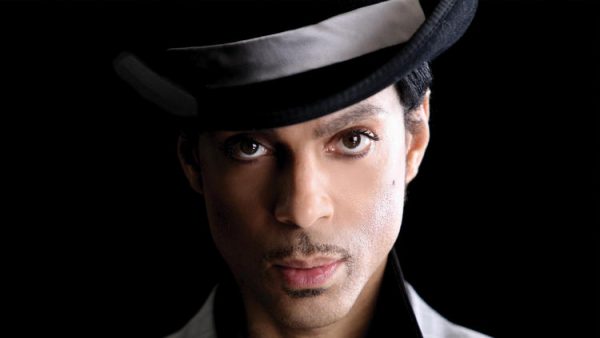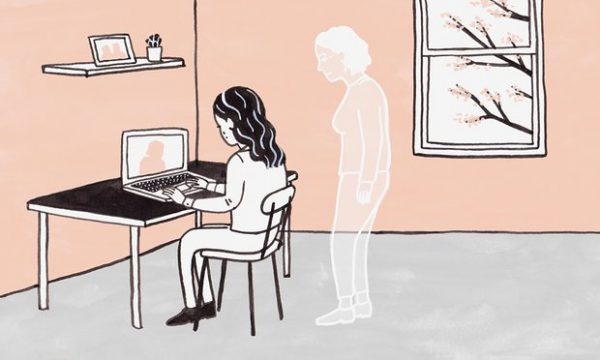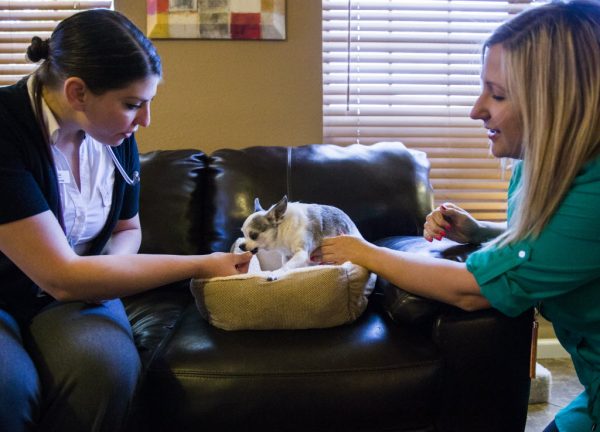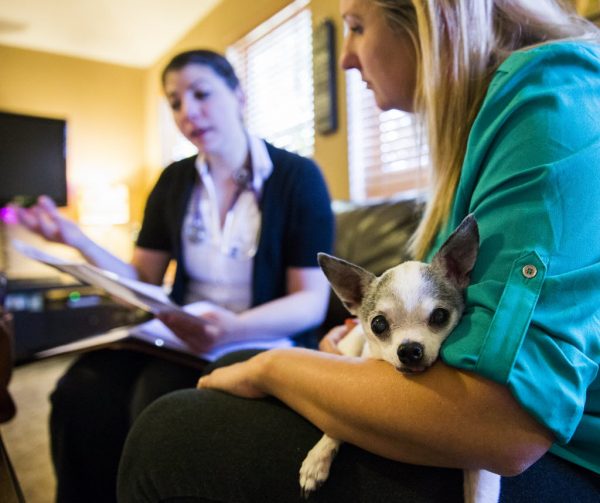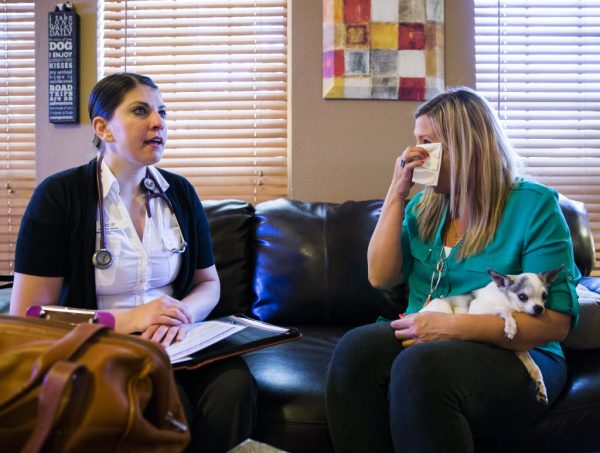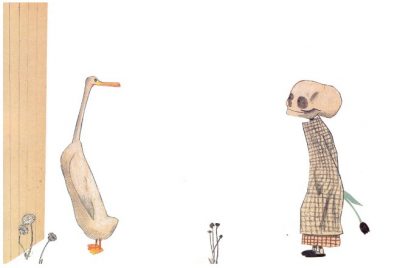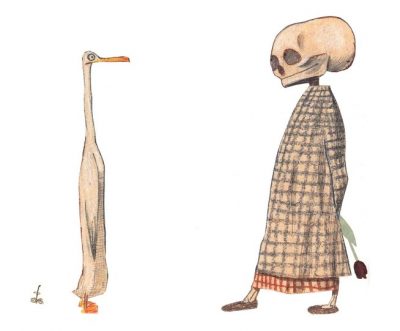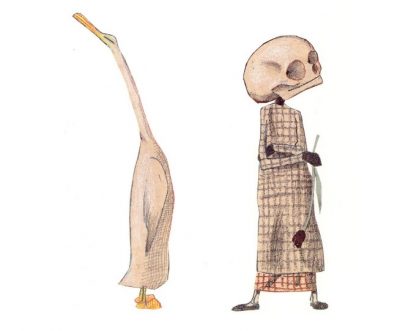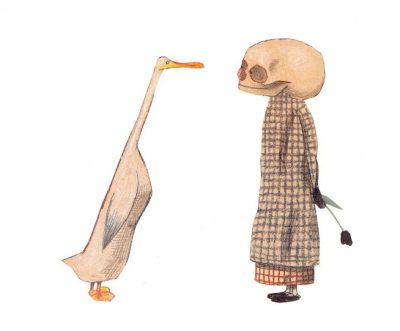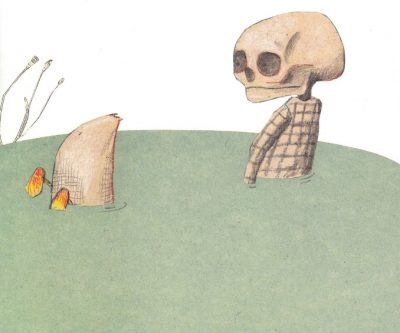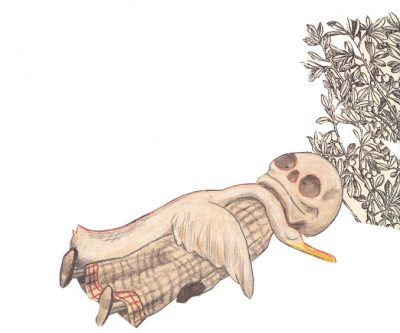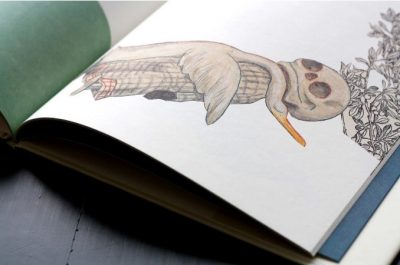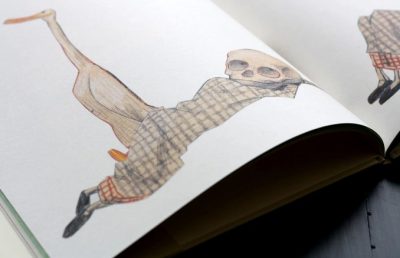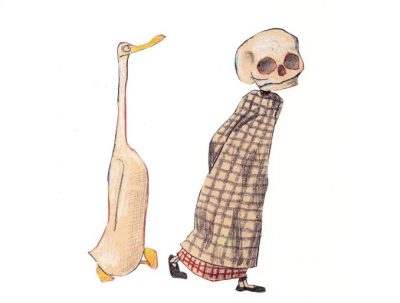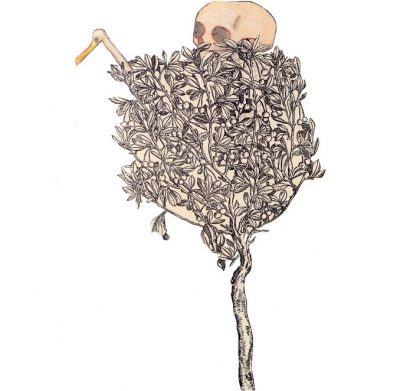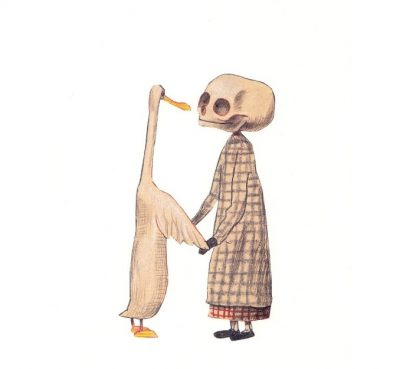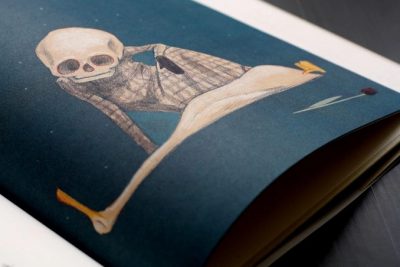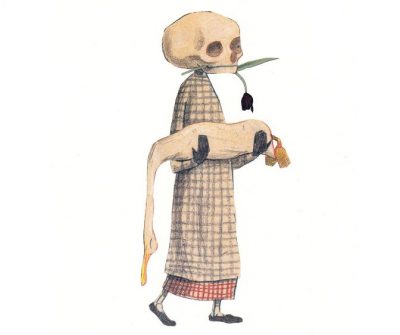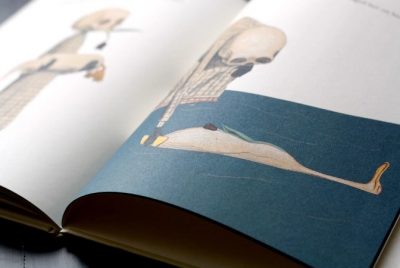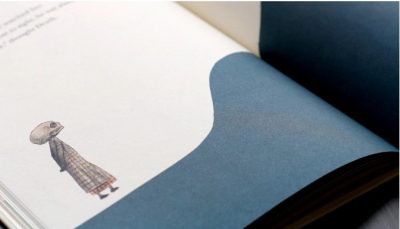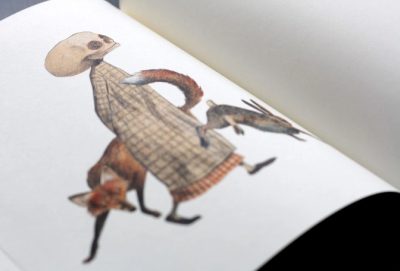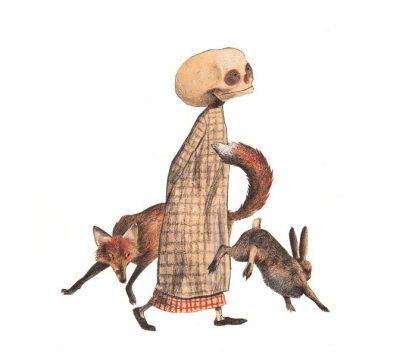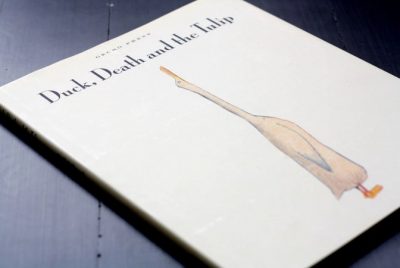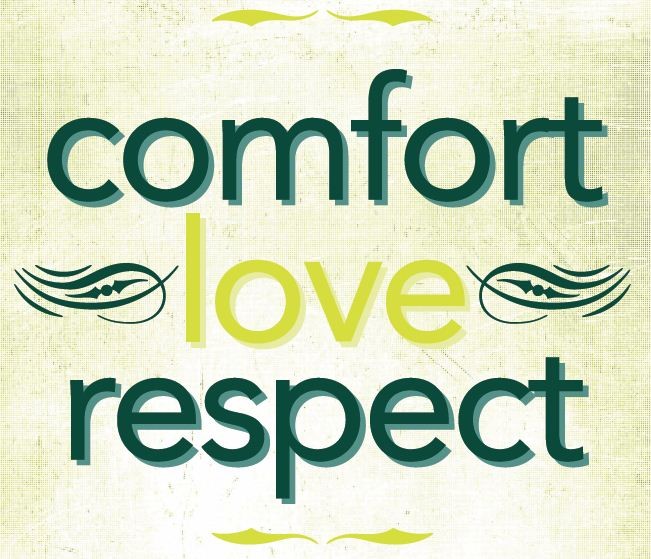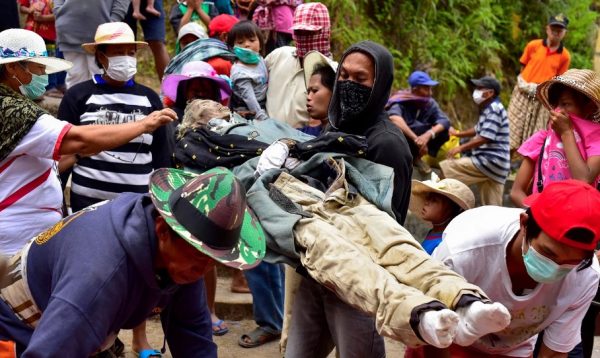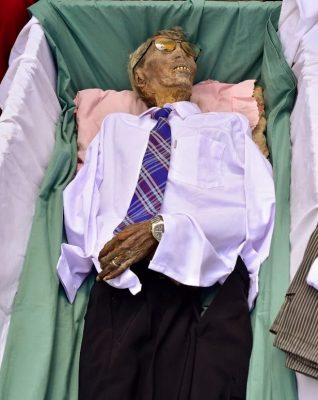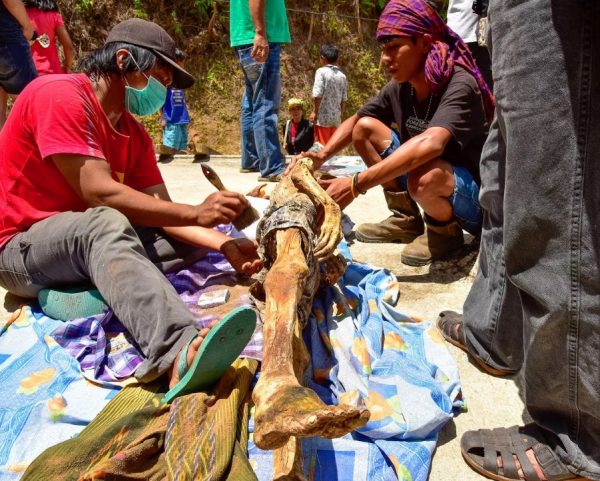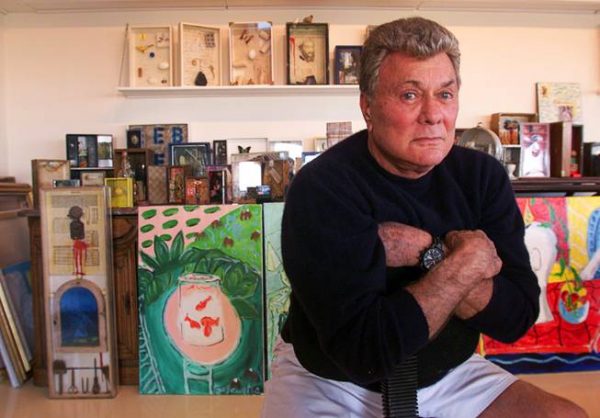
What do Sonny Liston, one of boxing’s all-time best, and Pat Morita, the Japanese-American actor who played Mr. Miyagi in “The Karate Kid,” have in common?
Both are buried in Las Vegas area cemeteries. So are many other notables.
Here’s a list:
Tony Curtis — The Bronx-born actor, who died in Henderson in 2010, appeared in more than 150 films spanning more than six decades. Curtis, who was married six times, was buried at Palm Eastern Cemetery’s “Garden of Legacy” in October 2010 in a memorial service attended by his daughters, Jamie Lee and Kelly Curtis, Arnold Schwarzenegger, Kirk Kerkorian, Kirk Douglas and Phyllis McGuire, among other celebrities.
Redd Foxx — A stone’s throw from Curtis’ grave, in Palm Eastern’s “Garden of Devotion,” is the grave of Redd Foxx, a 1960s standup comedian. Fox, whose real name was Jon Elroy Sanford, was best known for his role as Fred Sanford on the TV sitcom “Sanford and Son,” which ran for six seasons from 1972 to 1977. He died in Los Angeles when he suffered a heart attack on set while rehearsing for a sitcom.
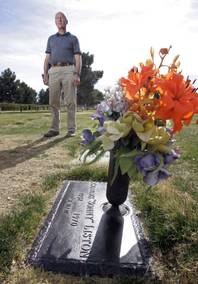
Harry James — Born to circus performers in a rural Georgia hotel, James became one of the most well-known trumpet players of the 20th century and has two songs in the Grammy Hall of Fame. James, who was married three times and had five children, died July 5, 1983, in Las Vegas, the same year he was diagnosed with lymphatic cancer. He was buried in Bunkers Eden Vale Memorial Park in Las Vegas, where former colleague Frank Sinatra gave his eulogy.
Pat Morita — A native of Isleton, Calif., Morita was best known for his acting roles in “Happy Days” and as Mr. Miyagi in “The Karate Kid.” After nearly dying from spinal tuberculosis as a toddler, Morita went on to have one of the most successful careers of any Japanese-American actor in the 20th century. He died of kidney failure on Nov. 25, 2005, at age 73 and was cremated at Palm Eastern Cemetery five days later.
Sonny Liston — One of the best boxers of all time, Liston compiled a 50-4 record in the ring before dying mysteriously in 1970. Still fighting through the year of his death, Liston was found dead in his bedroom by his wife, Geraldine, when she returned home from a two-week trip on Jan. 5, 1971. While the Clark County Sheriff’s Department ruled Liston’s death a heroine overdose, then-County Coroner Mark Herman said the amount of heroin found in his system was not enough to have caused his death. Authorities listed Liston’s official date of death as Dec. 30, 1970, and his birthdate is still unknown. He was estimated to be from 38 to 42 years old when he died. Liston is buried at Davis Memorial Park on Eastern Avenue, with a headstone bearing: A Man.
Pancho Gonzales — A 17-time men’s singles champion who won two U.S. Championship tournaments in 1948 and 1949, Gonzales is considered one of the best men’s tennis players of all time. Married and divorced six times, Gonzales fathered nine children and lived in Las Vegas for the last two decades of his life. Even after 16 years as tennis director at Caesars Palace, Gonzales was broke and out of a job when he died of stomach cancer in July 1995. He is buried at Palm Eastern Cemetery.
Albert Collins— Known for an uncanny stage presence, which often resulted in him leaving the stage to chat with the audience, or on one occasion order pizza, blues musician Collins was one of the 20th century’s most revered electric guitarists. Known for his mastery with the Fender Telecaster, Collins produced 10 studio albums and six live albums during his storied 30-year career. Ranked in Rolling Stone Magazine’s list of “100 Greatest Guitarists,” Collins died of lung cancer at his Las Vegas home on Nov. 24, 1995, and is buried at Davis Memorial Park.
Danny Gans — The “Man of Many Voices” on the Las Vegas Strip, comedian and impressionist Gans was once named Las Vegas’ entertainer of the year. An aspiring baseball player before he took up comedy, Gans had his own show on Broadway in the early 1990s before moving to Las Vegas in 1996. After stints at the Stratosphere, Rio, Mirage and Encore, Gans died in May 2009 due to a toxic reaction to hydromorphone, a common pain medication, according to the Clark County Coroner’s Office. He’s buried at Palm Eastern Cemetery.
Zakes Mokae — Born in Johannesburg, South Africa, in 1934, Mokae moved to Great Britain in 1961 and the United States in 1969. The star of “The Blood Knot” and “Master Harold … and the Boys,” among 16 feature films, Mokae won the 1982 Tony Award for Featured Actor in a Play. A Las Vegas resident at the end of his life, Mokae died on Sept. 11, 2009, after suffering a stroke. He’s buried in Palm Northwest Cemetery.
Liz Renay — A one-time girlfriend of Los Angeles mobster Mickey Cohen, Renay served more than two years at Terminal Island federal prison in California on perjury charges from 1959 to 1962. She played a starring role in John Waters’ 1977 film “Desperate Living” but was best known for her relationship with male celebrities. In a tell-all book about her relationships, Renay’s “My First 2,000 Men” claimed affairs with Joe DiMaggio, Regis Philbin and Cary Grant, among other celebrities. Renay was married seven times, divorcing five times and widowed twice. She died from cardiac arrest in Las Vegas on Jan. 22, 2007, and is buried in Bunkers Eden Vale Cemetery.
Dolores Fuller — A one-time songwriter for Elvis Presley, Fuller was known for acting roles in 1950s films “Glen or Glenda,” “Jail Bait” and “Bride of the Monster.” Born in South Bend, Ind., Fuller first appeared onscreen at age 10 in an acting and songwriting career that lasted nearly 50 years. Twelve songs written by Fuller and recorded by Presley include “Rock-a-Hula-Baby,” “Steppin’ Out of Line,” “Do the Clam” and “I’ll Take Love.” Fuller died in May 2011 at age 88 and is buried in Palm Eastern Cemetery.
Complete Article HERE!


